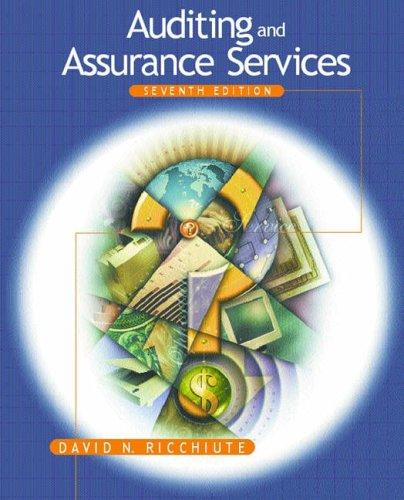Answered step by step
Verified Expert Solution
Question
1 Approved Answer
jiAssume CAPM theory holds, with some global world index as market portfolio (mpf). Assume that the risk-free rate is 4%, the mpf has expected (annual)
jiAssume CAPM theory holds, with some global world index as market portfolio (mpf). Assume that the risk-free rate is 4%, the mpf has expected (annual) return rm = 10%, and has volatility Om = 25%. a. Make a sketch of (1) the Capital Market Line (CML) and (ii) the Security Market Line (SML). Clearly label your axes in both the CML and in the SML, and mark in both plots the location of the mpf and the location of the risk-free asset. Using CAPM theory, we can discern four types of shares, on the basis of their systematic and individual risk level: HH: high systematic risk, high individual risk HL: high systematic risk, low individual risk LL: low systematic risk, low individual risk LH: low systematic risk, high individual risk b. In the CML graph, mark 4 points HH, HL, LH, LL illustrating the differences between these 4 classes (choosing a subjective, but reasonable, boundary between what is low and high). Also indicate their locations in the SML graph. You consider investing $1000 in shares of the companies Bread and Cryp. Bread has volatility 15%, and correlation 0.3 with the market. Cryp's volatility is 60%, and it is uncorrelated with the mpf and with Bread. c. Mark in both graphs of part a. the locations of Bread and Cryp. d. Add to both plots also the location of the portfolio with $2000 in Bread and a short position of $1000 in Cryp (so that the required investment is still $1000). e. Is this portfolio efficient? No further computations required, just say how that is visible from the location of the portfolio in the CML graph.


Step by Step Solution
There are 3 Steps involved in it
Step: 1

Get Instant Access to Expert-Tailored Solutions
See step-by-step solutions with expert insights and AI powered tools for academic success
Step: 2

Step: 3

Ace Your Homework with AI
Get the answers you need in no time with our AI-driven, step-by-step assistance
Get Started


